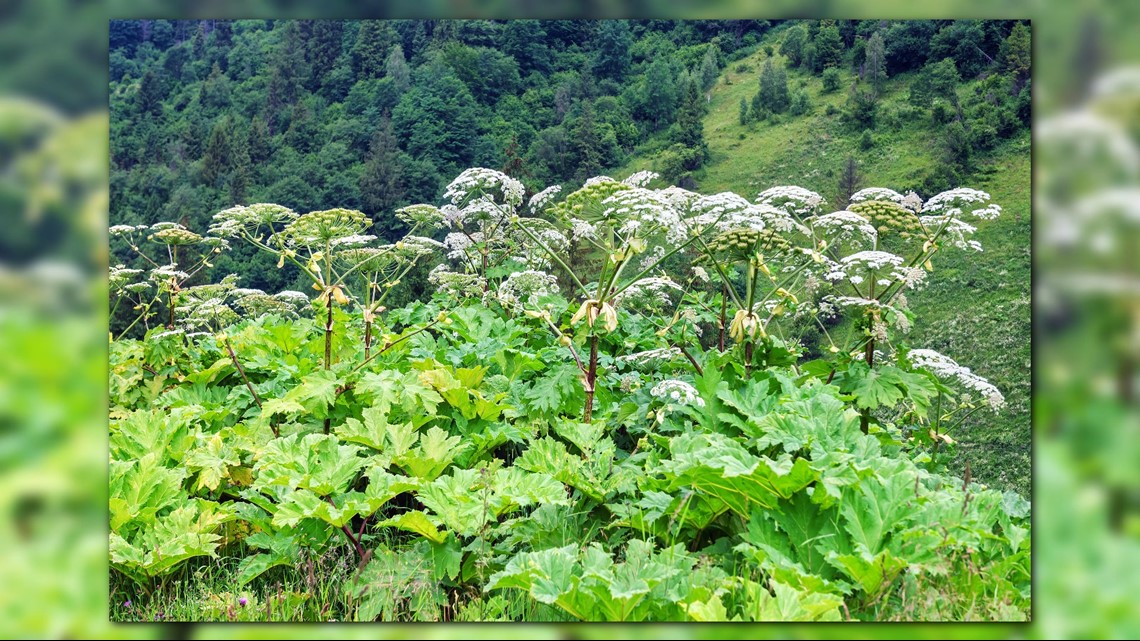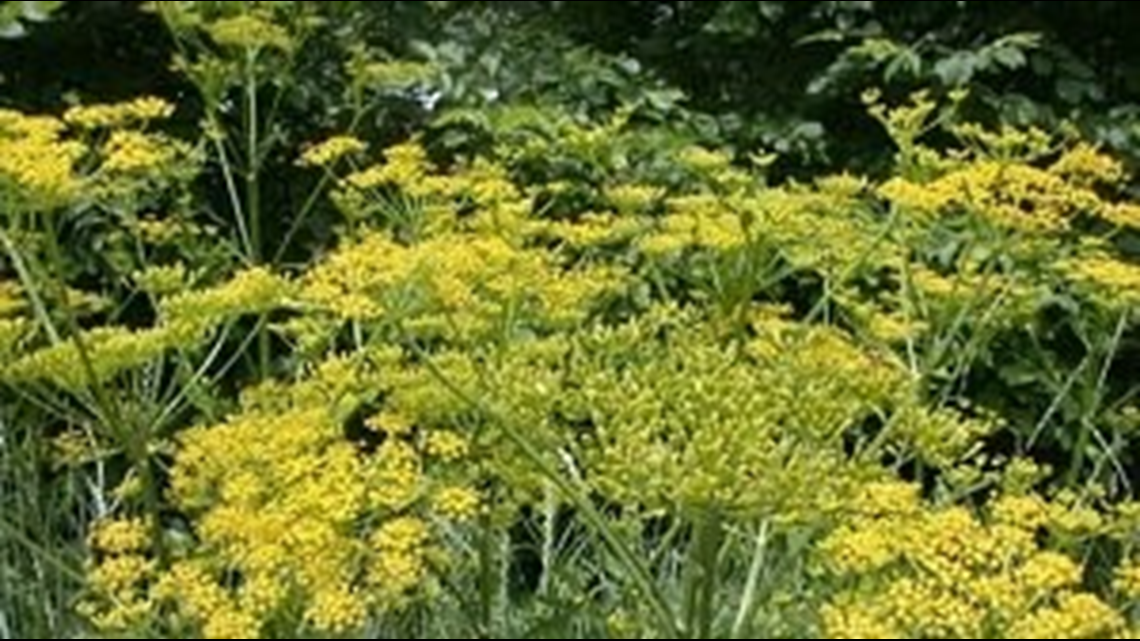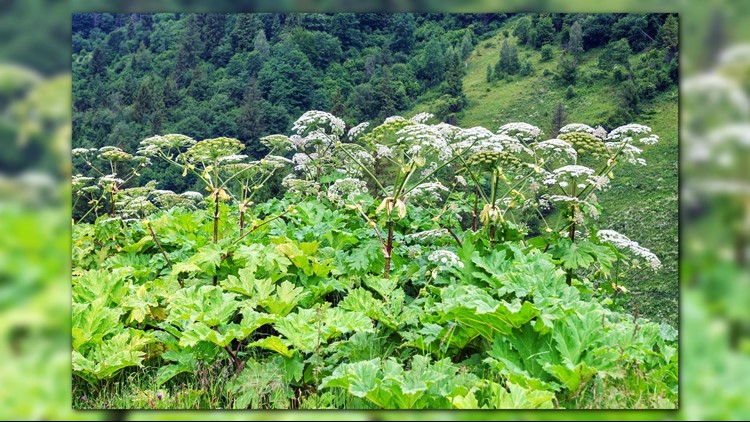The dangerous and invasive species Giant Hogweed continues its spread toward the Southeast.
If exposed to the plant, it can cause 3rd-degree burns and possibly permanent blindness.
In Tennessee, the plant was listed as an emerging threat in 2017 by the Tennessee Invasive Plant Council. The University of Tennessee Department of Agriculture also lists the plant in its list of invasive weeds in Appalachia.
An emerging threat is one that has been reported in less than 10 counties in Tennessee, but is known to invade and disrupt natural plant communities in the surrounding states.
This plant is also currently on the Virginia Invasive Plants Early Detection Species list. That means the plant is not widely established in Virginia, but it is known to be highly invasive to similar habitats.
Isle of Wight County posted on Facebook warning about a possible sighting of the plant. VDOT also reported sightings of the Giant Hogweed in the Staunton area and Middlesex County.
Until recently, there have been no confirmed cased of the Giant Hogweed in the Commonwealth.
According to the county, some complications if anyone comes into contact with a Giant Hogweed includes, varying skin reactions, but phytophotodermatitis can occur, meaning the sap makes the skin so sensitive to sunlight that sever burns can occur from normal exposure to the sun.
Other symptoms include painful blisters and exposed skin can remain sensitive to sunlight for many years after exposure. If the sap gets into anyone's eyes, there is the potential for blindness.
Giant Hogweed can be identified by its towering stalks and clusters of white flowers growing on top.


A similar-looking invasive plant that's been found in N.C. and Kentucky (which could eventually arrive in Tennessee), Wild Parsnip (or 'Poison Parsnip"), can also cause similar symptoms from severe itching to skin burns and blistering. It's identifiable by its clusters of yellow flowers.


The Giant Hogweed could find its way into the Tidewater and Coastal Virginia area, the county said.
To report a sighting of the plant, click here.


